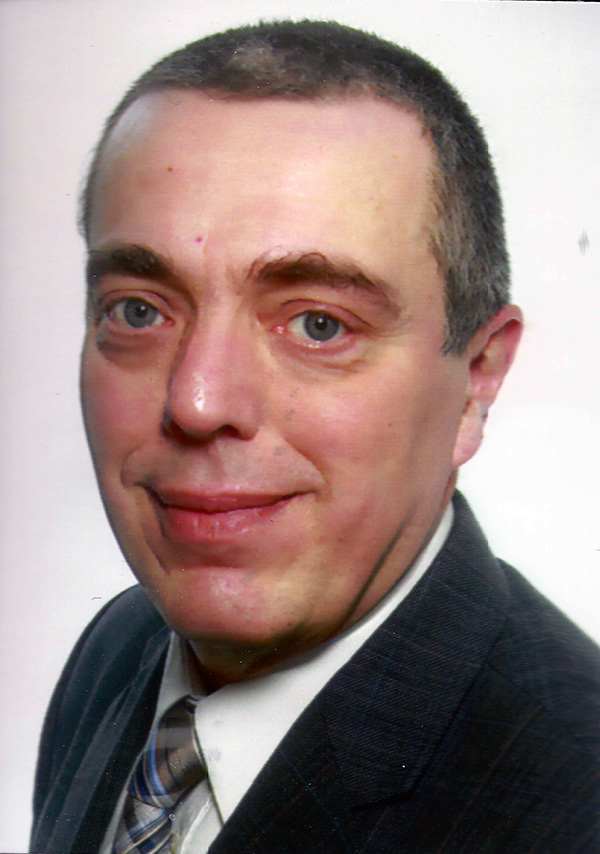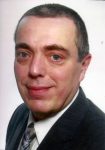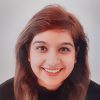Members of Germany-based industry association SPECTARIS estimate they experienced 5% growth rates both this year and in 2017. The association points to digitalization as the main stimulus, a big trend that has enjoyed international expansion as well. Against this backdrop, this year’s MEDICA will be a hotspot for innovative young companies.
As part of the “MEDICA Disrupt” initiative (held within the MEDICA Connected Healthcare Forum and the MEDICA App Competition), more than 50 start-ups will present solutions for a range of diseases, including treating skin cancer and chronic conditions such as those affecting the heart and lungs, for example, to solutions in telemonitoring and tracking vital signs and activity. Start-ups will also be present in the MEDICA Start-Up Park.
Early Skin Cancer Detection
Berlin-based start-up Magnosco will present early skin cancer detection technology, which uses lasers. Skin cancer is the most common cancer, and in Germany alone, more than 200,000 people are diagnosed with the illness annually. Magnosco uses a patented technology to stimulate melanin via a glow by laser and records the fluorescence. Under the laser glow, cancer cells illuminate slightly differently than healthy cells. An algorithm recognizes these differences and calculates the probability of tissue disease. The procedure itself is easy for the user and does not require image interpretation. The device generates a measurement value, indicating the level of probability that malignant skin cancer is present. One of the few applications that can function without an app, dermatologists and qualified general practitioners can use the device right now.
Inbal Robbas, the founder of Nachshon, will present the Smart Cot from 1– 2 pm on November 12 at the MEDICA Disrupt Start-Up Session. The sessions on this day will focus on innovative medical solutions that could save lives. The MEDICA Start-Up Park gives young, innovative companies the chance to appear before top decision makers from the medical industry and other sectors.Piece of Mind for Future Generations
Some start-ups are developing technologies to give parents, especially those of chronically ill children, more piece of mind. “The `smart cot´ is the most technologically innovative crib ever produced,” says London-based Nachshon of its digitized crib. It has a built-in camera that allows parents to monitor their baby, along with sensors integrated into the mattress that can measure a child’s weight and body temperature. An alarm goes of if the baby stops breathing for 15 seconds, and a blood oxygen monitor helps to keep an eye on the baby’s health. Image recognition lets parents track the baby’s development and progress.
How Healthy Are Your Lungs?
Now the classic stethoscope has been digitized and networked, and can be used by parents use to examine their children’s heart and lungs. StethoMe, a cordless stethoscope, was the winner in the healthcare category at the IOT/WT Innovation World Cup 2018. The company, also called StethoMe, wants to help parents check their child’s airway function from anywhere and at any time, and then have the ability to share the data with medical experts. This benefit could prevent unnecessary trips to the hospital for children with chronic lung conditions. The algorithms required for this device are optimized by artificial intelligence, which is used to significantly improve the accuracy of the auscultation diagnosis.
Asthma patients can also benefit from the FindAir ONE app from Poland. Thesmart inhaler application collects information on the inhaled medication dose and the environmental conditions in which it was inhaled, providing the patient and their doctor with important information that can be used to personalize treatment.
A Smartphone-Sized Automated External Defibrillator
CEO Leanne Knowles of Australian start-up Rapid Response Survival will answer questions on why automated external defibrillators (AEDs) don’t save lives and how she wants to change this on November 14 at the MEDICA Start-Up Park. Her company makes the CellAED LifeSaver, a device that is only a slightly larger than a smartphone. It goes into AED mode when both pads on the back of it are lifted off. It simultaneously contacts emergency services in the relevant country and sends the GPS coordinates for the incident. The device establishes whether the heart rhythm indicates a heart attack and instructs the user on what to do. This means that the helper has both hands free to carry out the device’s instructions.
On the last day of MEDICA 2018 (November 15), the MEDICA Connected Healthcare Forum will examine how start-ups can successfully get their products and services onto the market and what challenges they will encounter. To this end, MEDICA Disrupt will unite start-ups with those that have already successfully overcome the first hurdles.







